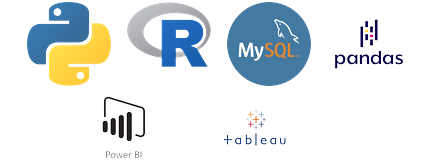Retrieval-Augmented Generation (RAG) is an advanced AI technique that combines information retrieval with text generation to improve the accuracy and relevance of AI-generated responses. It is particularly useful for tasks requiring up-to-date, factual, or context-aware answers.
How RAG Works
- Retrieval: Instead of relying solely on pre-trained knowledge, the model retrieves relevant documents or data from an external knowledge base (such as a database, vector store, or search engine).
- Augmentation: The retrieved information is then incorporated into the model’s input to provide additional context.
- Generation: The model generates a response based on both its learned knowledge and the retrieved data, ensuring a more factually accurate and context-aware output.
Benefits of RAG
- Improved Accuracy: Reduces hallucinations by grounding responses in real-world data.
- Up-to-date Information: Can fetch recent data, unlike static language models.
- Domain-Specific Knowledge: Useful for specialized fields like legal, medical, or financial applications.
- Efficient Use of Storage: The base model remains compact while accessing external data when needed.
Use Cases
- Chatbots & Virtual Assistants: Enhancing customer support with accurate, updated information.
- Enterprise AI: Querying internal documentation for precise answers.
- Search & Recommendation Systems: Providing contextualized search results.
- Content Generation: Writing informed articles, reports, or summaries with real-time data.

